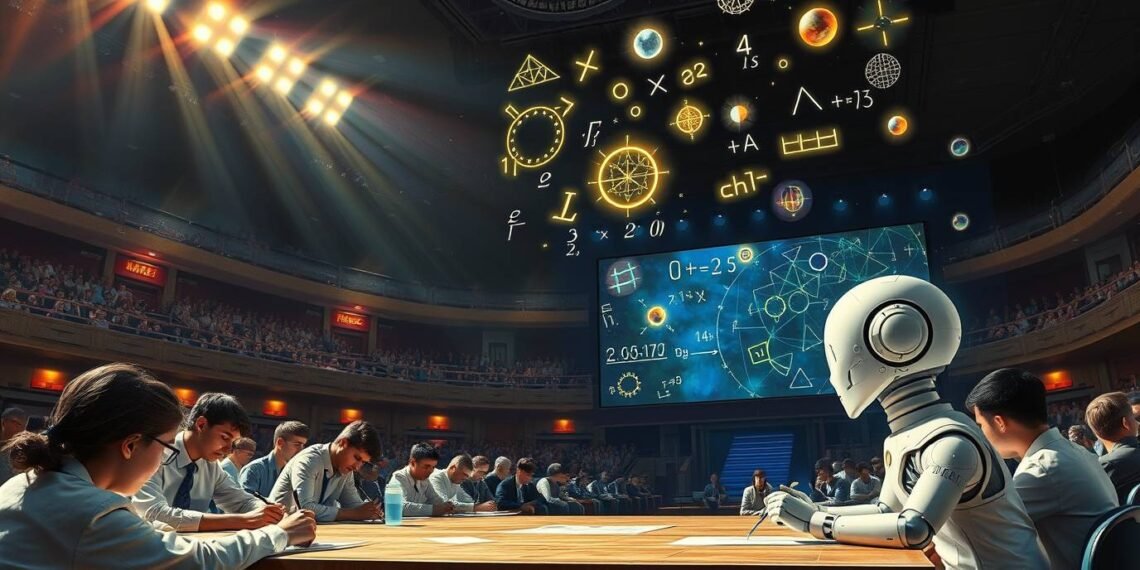Last month’s math olympiad held on Australia’s Sunshine Coast witnessed an extraordinary occurrence. While 110 students tackled intricate math problems using traditional strategies, several AI firms quietly assessed new models through a digital simulation of the exam. After the awards, OpenAI and Google DeepMind announced their models achieved unofficial gold medals by solving five out of six problems, leading researchers like Sébastien Bubeck to call this a game-changing moment for the field.
Despite those advancements, concerns about whether AI will replace professional mathematicians linger, as the latest models only performed well on one exam, similar to many students, and this comparison lacks fairness. These models often take a “best-of-n” approach, generating multiple solutions and self-evaluating to find the best one. This practice resembles how several students may work together to improve their submissions, implying that if human participants were given the same strategy, their scores could rise.
Caution regarding over-excitement about AI’s potential has been expressed by several mathematicians, including IMO gold medalist Terence Tao and IMO president Gregor Dolinar, with Tao noting that AI’s effectiveness is dependent on how it is tested. Furthermore, the questions posed in the IMO do not match the complexities professional mathematicians face in research, where years may be spent on unresolved problems. Tools known as “proof assistants,” not reliant on AI, are emerging to verify mathematical proofs, offering hope for making mathematics more accessible while enhancing AI safety. Ultimately, the precision needed in mathematics underscores that any AI-generated proofs must be formally verifiable.
The ainewsarticles.com article you just read is a brief synopsis; the original article can be found here: Read the Full Article…




